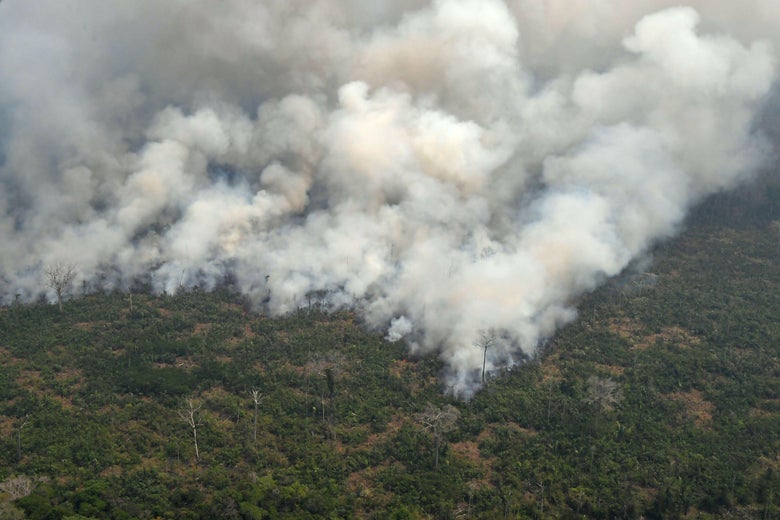
Parts of the Amazon rainforest are on fire and that is a fact. But the media frenzy about the fires has gotten so out of hand recently that misinformation and un-factual evidence is being spread almost as quickly as the fires themselves. So, in an attempt to clear some of that up, here are some facts about the Amazon supported by science.
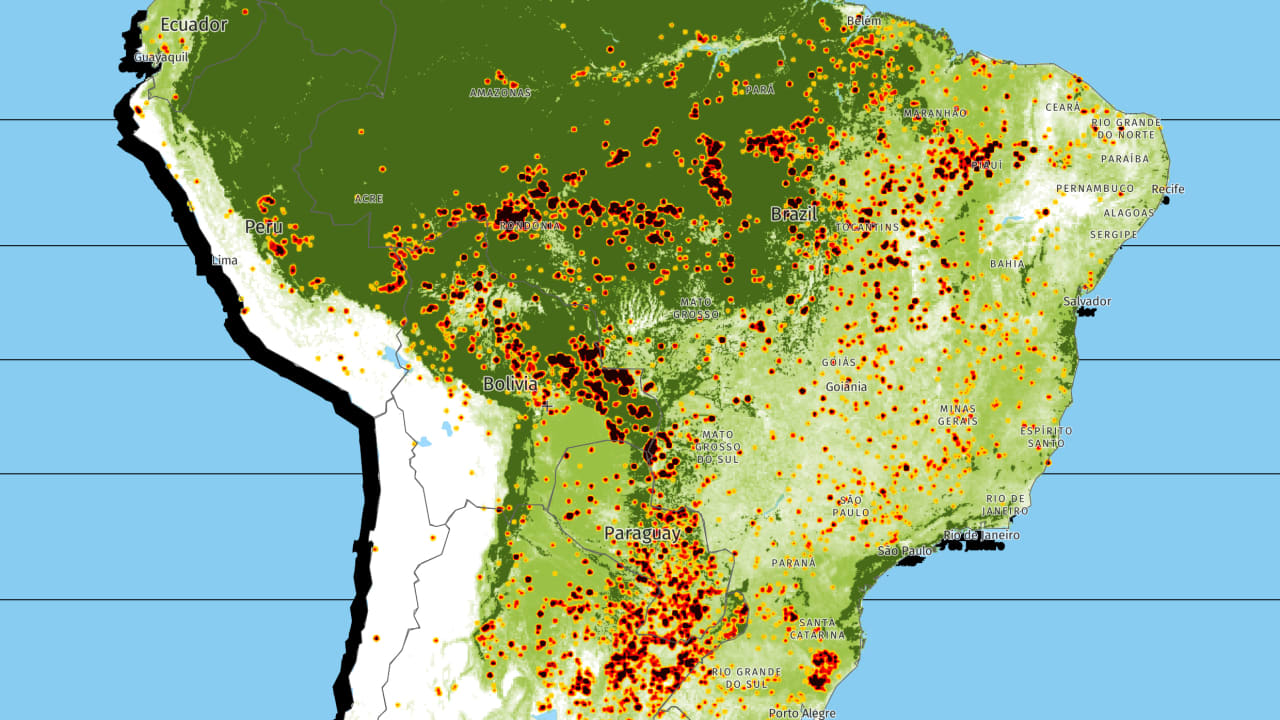
There are currently 72,843 fires ravaging the Amazon as you read this. Although wildfires are common to take place during the dry season (August-November), the amount of wildfires is up by 83% from last year.
The Amazon is the world’s largest tropical rainforest covering 2.72 million square miles, an area roughly the size of the United States. It makes up 40% of South America and nearly 2/3rds of the entire rainforest is found in Brazil.
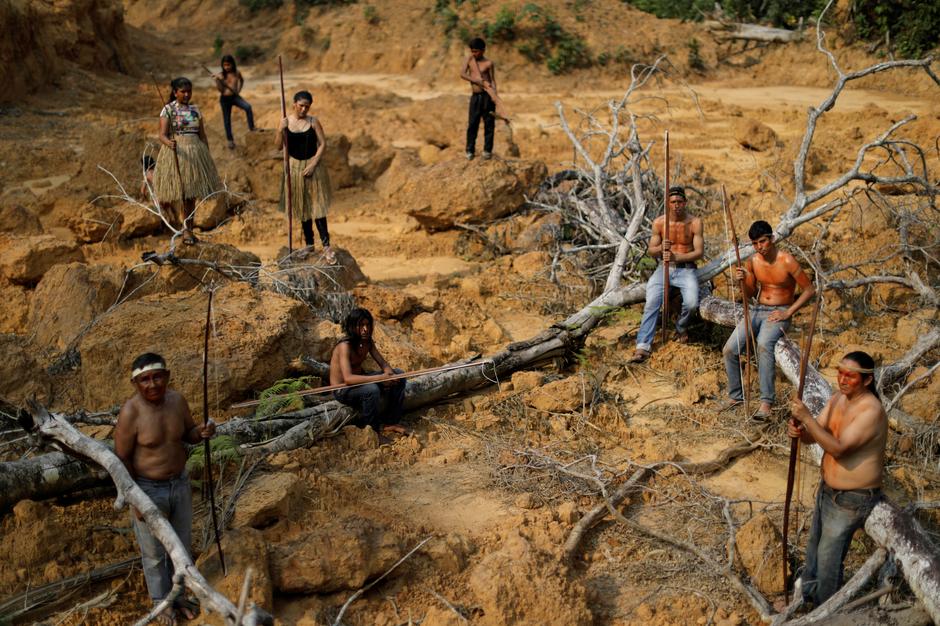
It is one of the most biodiverse regions on the planet that is estimated to have 16,000 different plant species and 390 billion individual trees. It is home to 400-500 indigenous groups, about 50 of which have never been contacted by the outside world.
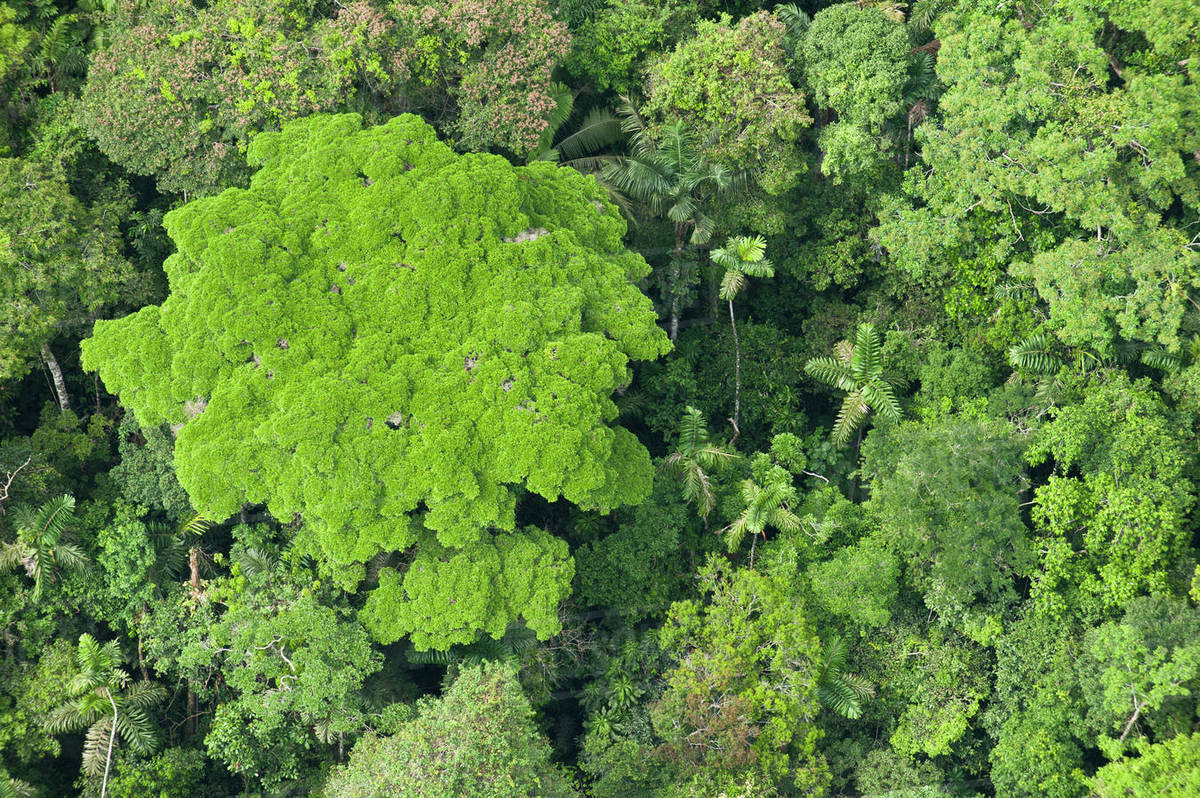
Over half of the known species in the rainforest are thought to live in the canopy. The extinctions of rainforest species are directly linked to fires and deforestation.

The Amazon has been called “the lungs of the earth,” by media outlets and celebrities such as CNN and Leonardo Dicaprio stating that it produces 20% of all the oxygen that we breathe but this is not entirely accurate. Despite the claims, the Amazon actually produces about 6% of the world’s oxygen according to Dr. Jonathan Foley, a global environmental scientist. Most of that oxygen is used up by the forest itself, too. This is because plants produce oxygen in a 1:1 ratio with carbon incorporated into the plant body. In other words, the consumption of oxygen by the forest equals the oxygen that has been produced. The majority of the earth’s oxygen is actually produced by phytoplankton in the ocean. Yet, the amazon is still incredibly vital towards regulating climate and absorbing carbon from the atmosphere and must be saved at all costs.
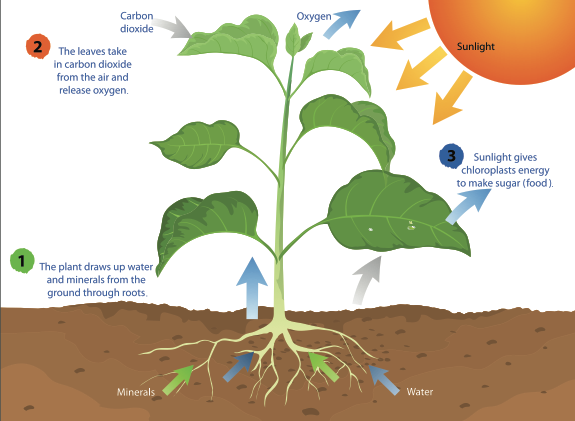
70% of South America’s GDP is produced in areas that receive rainfall or water from the Amazon. The Amazon influences rainfall patterns as far away as the United States. This is an especially concerning issue as fires mean fewer trees which mean less rain.
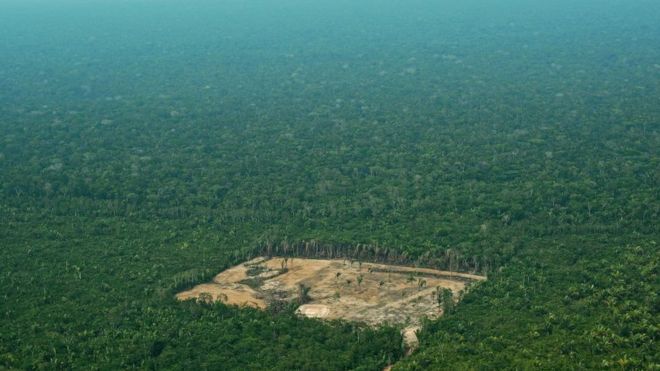
Cattle ranching accounts for roughly 80% of deforestation in the Amazon. Along with industrial pollution, rampant deforestation in South America and elsewhere has significantly increased the amount of CO2 in the atmosphere.
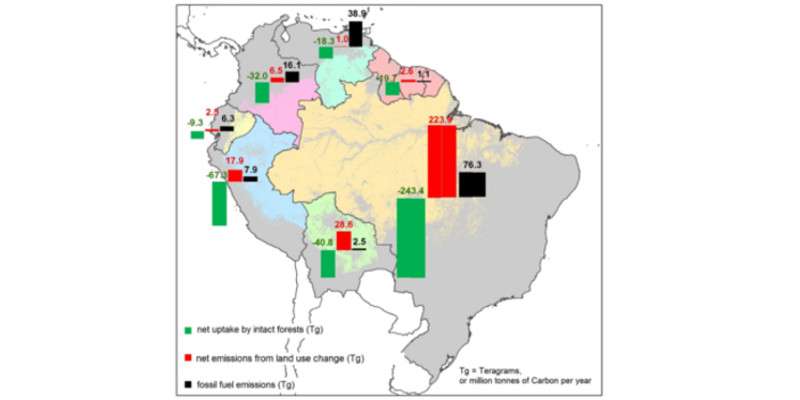
The Amazon is regarded as vital in the fight against global warming due to its ability to absorb carbon from the air. Without rainforests, CO2 would no longer be transformed through photosynthesis. Crops that replace forests only absorb a fraction of CO2 compared to natural rainforests.
Those are the facts. In the political sphere regarding the issue, Brazilian president Jair Bolsonaro recently gave a speech stating that NGO’s may be the culprits for starting the fires. He said that they may have started the fires as an attempt to make the Brazilian government look responsible. He gave no evidence for his claims.
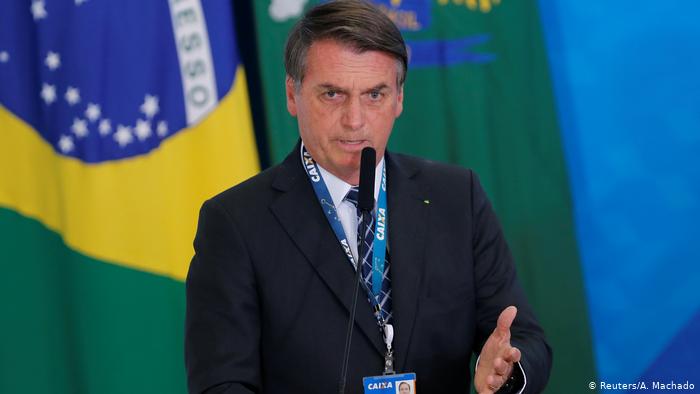
“Everything indicates” that NGOs were going to the Amazon to “set fire” to the forest, Bolsonaro said in a Facebook Live broadcast on Wednesday morning. When asked if he had evidence to back up his claims, he said he had “no written plan,” adding “that’s not how it’s done.”
Much controversy has followed the president’s speech as he as already been ridiculed by citizens of Brazil and the EU for cutting funding towards environmental protection programs and other NGO’s shortly after taking office earlier this year.
Who really knows how these fires started? By now, this should be beside the point. The fires have been burning for weeks and the end is still not in sight. Our greatest focus as people of this planet who enjoy living here should be to put them out and keep battling climate change. This is one of the most important ecosystems on the planet and we will not survive without it. We need the Amazon rainforest to keep other ecosystems in check by suppling adequate rainfall and absorbing carbon from our atmosphere. If we don’t, the implications will be grave.
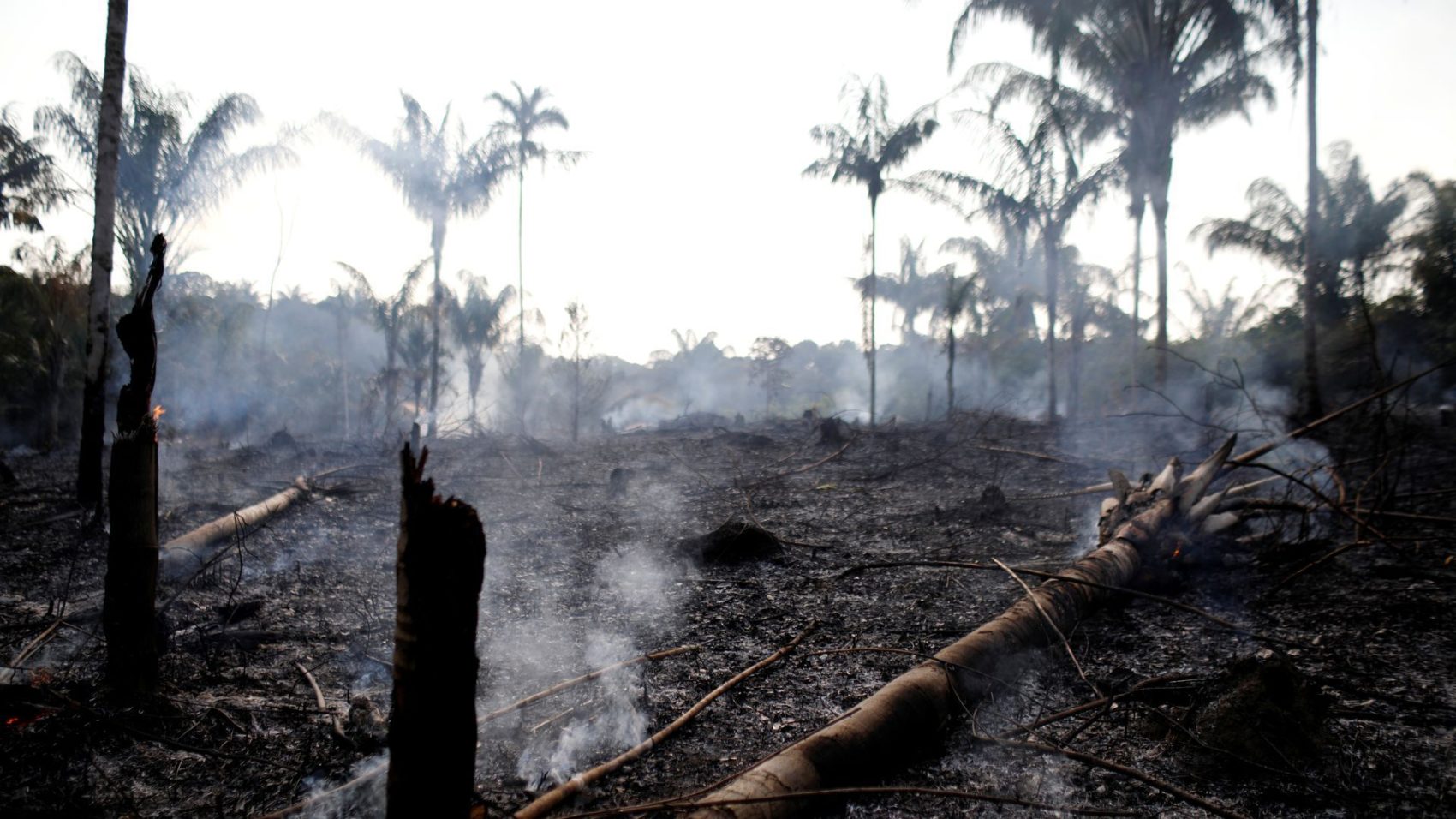

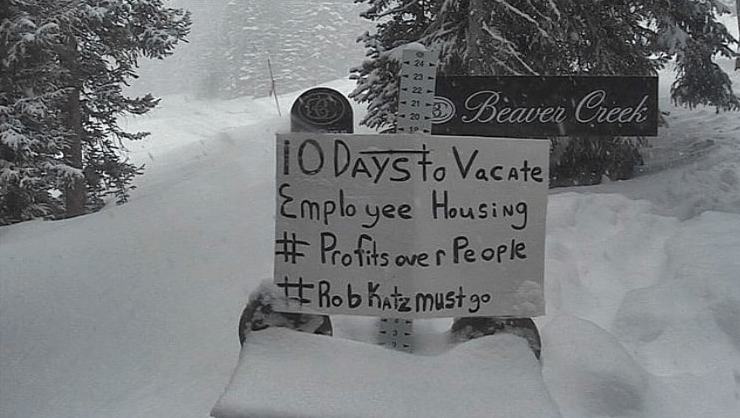
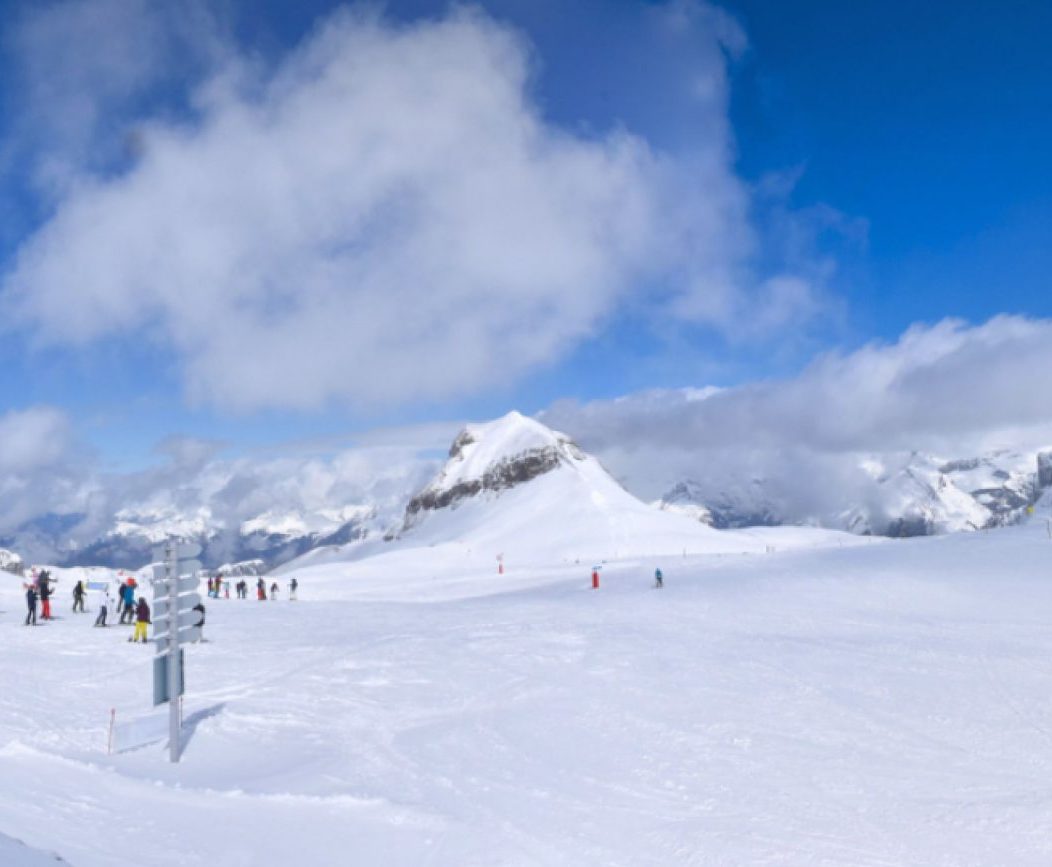

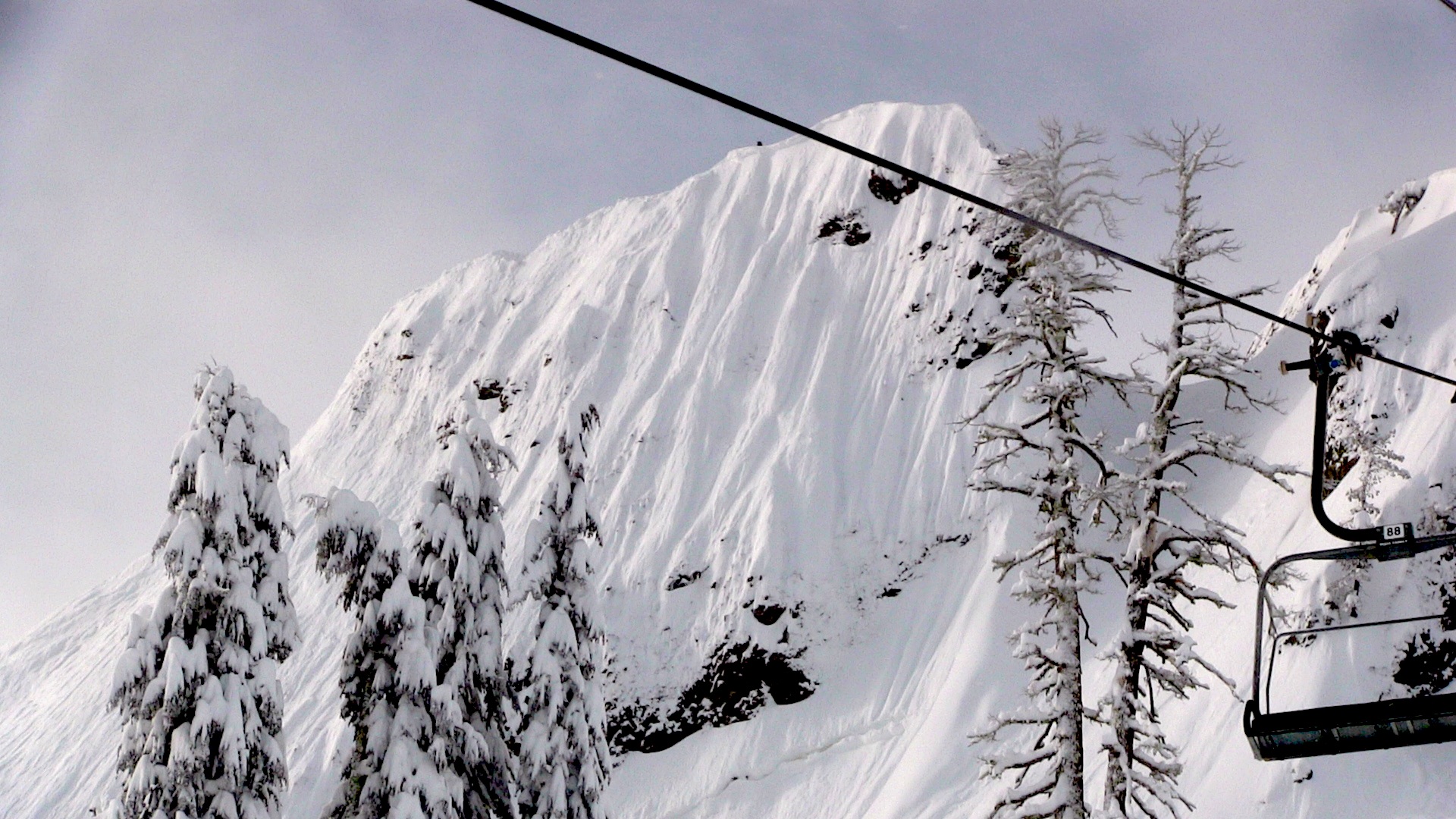
Yomama
a fact presented by a scientist discussing the Amazon fires is that unlike in California with its wildfire season, wildfires are NOT indigenous to the rainforest, so there is no average number of naturally occurring wildfires.
Literally everything else in Dr Foley’s twitter feed is about how important the Amazon is and how important it is to take action on these fires. Yet here you are suggesting that what’s going on there isn’t actually a big deal. I get the idea of presenting “just the facts”, but you’re doing a tremendous dis service to your audience by down playing this issue. Especially a site that depends on snowfall to even exist in the first place. I guess when winter is gone snowbrains will change its name to brains? Doesn’t seem like there’s any behind this article.
Thank you for your insight! I’ve made a slight revision in the body to re-enforce the importance of this issue as was provided towards the conclusion of this piece. Hope you enjoy. Have a great day!
Thanks for the clarifying article!